I went down to the boat today to do a little electrical work. I'm adding a circuit for some of the Audio/Video equipment so I can shut it off since some of it does not have an on/off button (like the AppleTV).
Anyway, I stopped at the local West Marine store and noticed they had some Ancor crimp connectors that had built in heat shrink tubing on them. I've never seen these before so I thought I would buy a couple and see how they worked. Here's the 3 pack I bought:
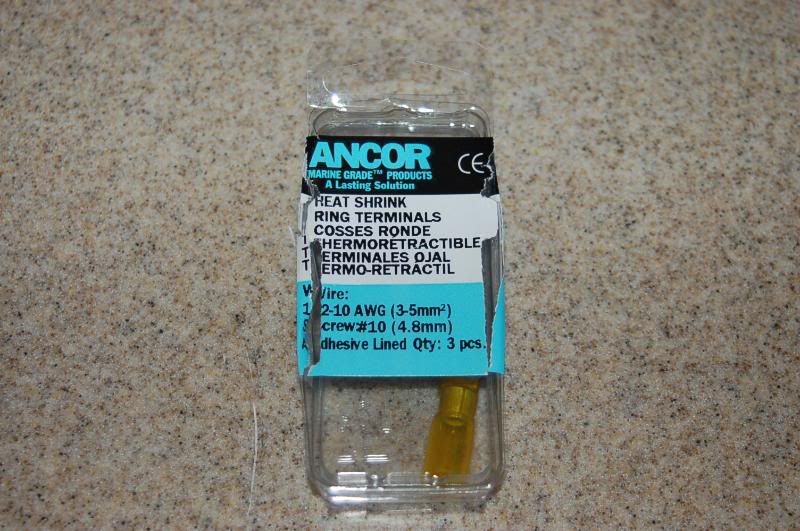
I'm working with 12 gauge wire and some #10 screws in a various bus bars. Here they are next to the standard crimp connector for 12 gauge wire:

One of the things I noticed right away was that the standard connectors I use have a longer neck and allows for more wire contact and for two uses of the crimp tool.

Before I go into the new shrink wrap connectors, this is how I build wire ends on my electrical work on the boat. I first cut a small piece of heat shrink tubing and slide it on the wire:

Put the crimps in two locations on the neck:
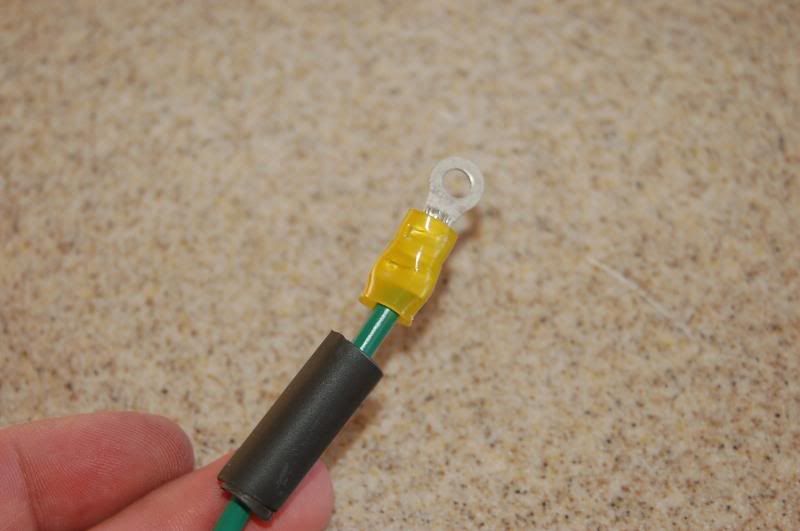
Pull the heat shrink tubing up on the whole assembly so I get a covering that more or less keeps the salty air out:
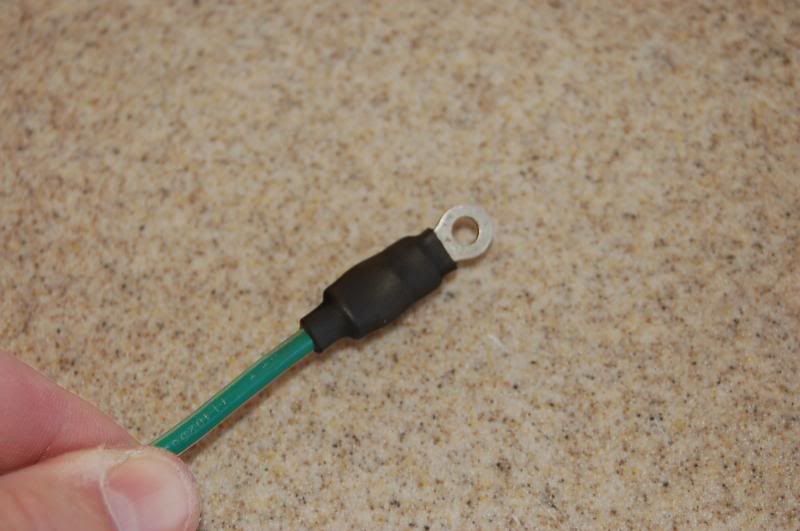
When it's installed on a bus bar, it gives a nice secure connection and then I spray the whole thing with boeshield T9.
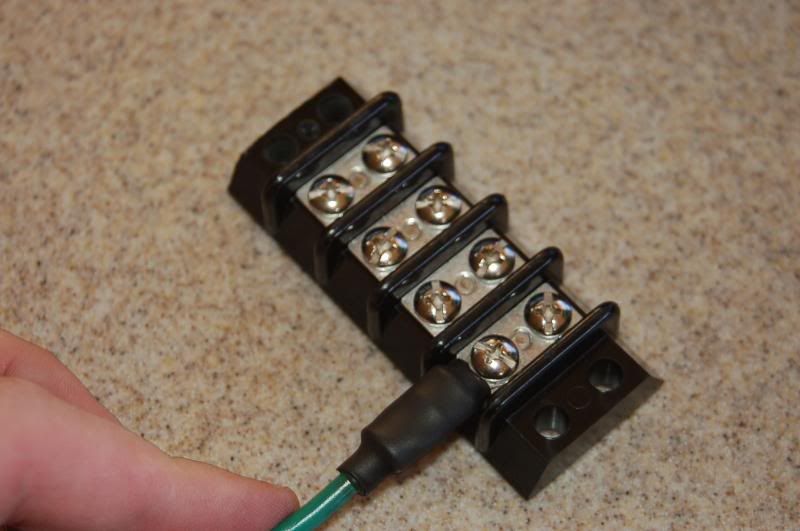
So I pulled out a piece of test wire and crimped on one of the connectors with the built in heat shrink tubing. I then heated it up with my small butane torch I have.... This was the end result:
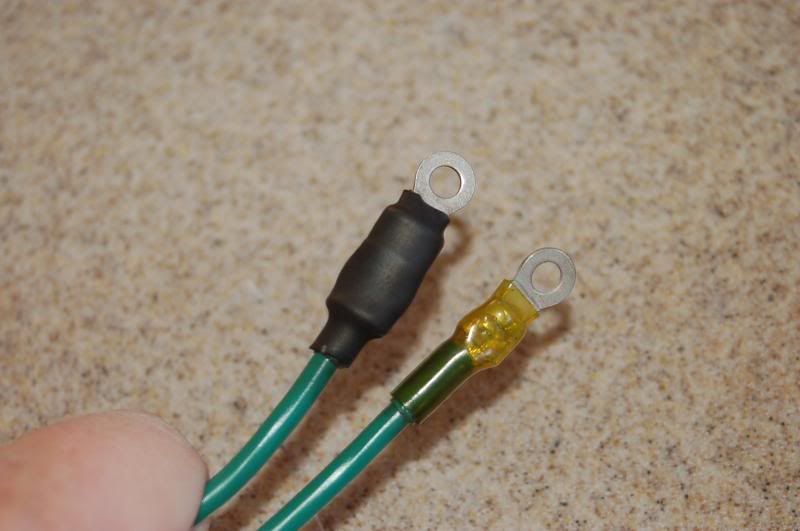
Two things... The heat shrink tubing took a lot more heat to shrink than the standard black tubing. I ended up heating it up more than I like and it melted the wire insulation a little so I should have been a little more careful. I just didn't like how long and how much heat it took. The second is I'm not crazy about that single crimp. It doesn't have as much wire exposure to the crimp as shown here:

And I'm concerned the thing could vibrate or fall out. I hate chasing electrical gremlins and I've pulled the rocker switch panel off the helm a few times and some of the wires have fallen out of their spade connectors (the ones done at the factory). I chased a loose ground wire for a week on that panel that was for the Sea Ray Systems Monitor and I really hate that.
Sea Ray uses crimp connectors and just sprays them with some sort of coating goop and does not seal the assemblies with heat shrink. Here's a shot inside the cabin's electrical panel:
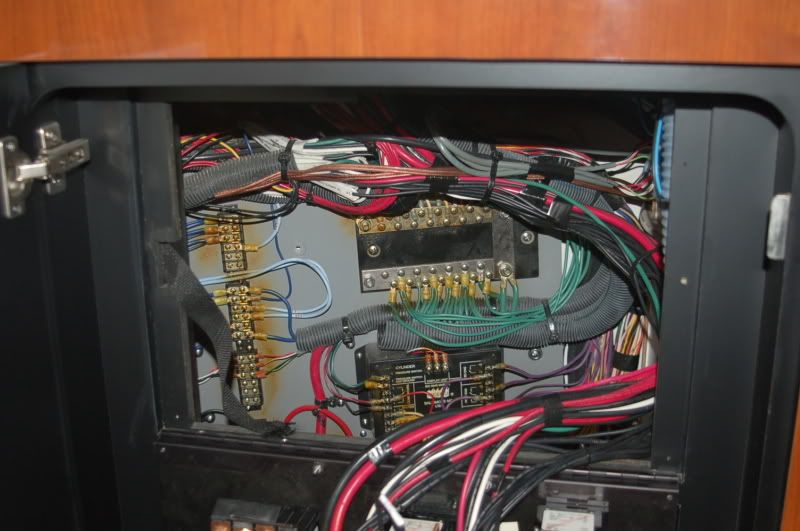
So I guess I probably go overboard with my connections. However, when in a harsh environment like a sump box or a bilge pump sump area, I think it's best to shrink wrap the connections and then spray them on top of that... The connectors with the built in shrink wrap are about 3 times the cost of the regular crimp connectors but they do seal up nicely (as long as you don't burn things). They are available in butt connectors as well. I just wish they had longer necks. Because of that, I'll continue on with my old fashioned way.
My 2 cents... You are very bored if you reached the end of this write up.
Anyway, I stopped at the local West Marine store and noticed they had some Ancor crimp connectors that had built in heat shrink tubing on them. I've never seen these before so I thought I would buy a couple and see how they worked. Here's the 3 pack I bought:

I'm working with 12 gauge wire and some #10 screws in a various bus bars. Here they are next to the standard crimp connector for 12 gauge wire:

One of the things I noticed right away was that the standard connectors I use have a longer neck and allows for more wire contact and for two uses of the crimp tool.

Before I go into the new shrink wrap connectors, this is how I build wire ends on my electrical work on the boat. I first cut a small piece of heat shrink tubing and slide it on the wire:

Put the crimps in two locations on the neck:

Pull the heat shrink tubing up on the whole assembly so I get a covering that more or less keeps the salty air out:

When it's installed on a bus bar, it gives a nice secure connection and then I spray the whole thing with boeshield T9.

So I pulled out a piece of test wire and crimped on one of the connectors with the built in heat shrink tubing. I then heated it up with my small butane torch I have.... This was the end result:

Two things... The heat shrink tubing took a lot more heat to shrink than the standard black tubing. I ended up heating it up more than I like and it melted the wire insulation a little so I should have been a little more careful. I just didn't like how long and how much heat it took. The second is I'm not crazy about that single crimp. It doesn't have as much wire exposure to the crimp as shown here:

And I'm concerned the thing could vibrate or fall out. I hate chasing electrical gremlins and I've pulled the rocker switch panel off the helm a few times and some of the wires have fallen out of their spade connectors (the ones done at the factory). I chased a loose ground wire for a week on that panel that was for the Sea Ray Systems Monitor and I really hate that.
Sea Ray uses crimp connectors and just sprays them with some sort of coating goop and does not seal the assemblies with heat shrink. Here's a shot inside the cabin's electrical panel:

So I guess I probably go overboard with my connections. However, when in a harsh environment like a sump box or a bilge pump sump area, I think it's best to shrink wrap the connections and then spray them on top of that... The connectors with the built in shrink wrap are about 3 times the cost of the regular crimp connectors but they do seal up nicely (as long as you don't burn things). They are available in butt connectors as well. I just wish they had longer necks. Because of that, I'll continue on with my old fashioned way.
My 2 cents... You are very bored if you reached the end of this write up.
Last edited:






